Are Gamers Waiting for the New Consoles, or Have They Moved On? Sony will unveil its newest PlayStation on Wednesday, six years after the last wave of consoles hit the market.

In recent years, game sales have declined dramatically, with software and hardware making up only half of industry spending, according to NPD Group. The other half now goes toward downloadable content and microtransactions â€" in other words, digital content for consoles, smartphones and Facebook.
Because of this seismic shift in gamer behavior, many industry veterans are banking on the release of the new PlayStation, and a new Xbox coming later this year from Microsoft, to provide a jolt in traditional game sales.
On Wednesday, Sony is hosting an event in New York, where it is expected to unveil the PlayStation 4, as it has been nicknamed. Sony’s machine is expected to come in time for the holidays, along with the Xbox, although Microsoft declines to comment on its plans.
The good news is, that in the past, new hardware has always led to more software sales; as consumers bought one, they bought more of the other. But after a lackluster launch of the Wii U by Nintendo this holiday season, some wonder if a living-room-driven gaming experience has as much firepower as it once did.
“I feel like consumers are happy, and I’m not sure if there will ever be the right time to release a console again,†said Jerry Holkins, co-founder of Penny Arcade, a company that produces provides commentary on the industry through Web comics. “I think the spend is elsewhere. I don’t think they are waiting for the next generation; they are happy with where they are playing today.â€
 Electronic Arts’ John Riccitiello is more optimistic about the prospects of the next-generation devices. But then, as one of the industry’s biggest publishers, he has to be. During the company’s last conference call, he said that the December quarter was disappointing, but “that often happens when the consumer carries the expectation of a console transition.â€
Electronic Arts’ John Riccitiello is more optimistic about the prospects of the next-generation devices. But then, as one of the industry’s biggest publishers, he has to be. During the company’s last conference call, he said that the December quarter was disappointing, but “that often happens when the consumer carries the expectation of a console transition.â€
In January, Nintendo slashed its sales outlook after holiday sales of the Wii U failed to hit expectations. The poor turnout does not provide a lot of support for the theory that consumers were just holding back spending for the release of the new hardware.
The Japanese game company was hoping to rekindle consumer excitement by launching the Wii U with a controller that had a six-inch touchscreen display and acted much like Apple’s iPad. It also enabled consumers to interact with their TVs, by allowing owners to comment on programming within a closed social network. But the console was mostly trying to extend the life of the traditional videogame business, which relies on selling packaged software at $ 60 apiece.
Again, Riccitiello is hopeful that Nintendo’s performance is not an indication of the other two launches.
“I wouldn’t say that we see much correlation between the results that Nintendo has shown with their console debut of the Wii U, and what we see coming,†he said. “We see a pretty sharp distinction and, unfortunately, I am unable to go any further than that.â€
But there’s no way to discount what has happened in the games industry since the last generation of devices launched. Social and mobile platforms have led to the rise of the 99-cent game and the free-to-play business model. Gamers have grown to enjoy playing a game without having to pay a dime. Then, if they want to, they can invest as much as they want.
If Sony or Microsoft are to be successful, adopting new business models may be the key.
There are already some signs of Sony’s willingness to change. According to The Wall Street Journal, Sony will provide a new streaming game service that will allow users to play games delivered over the Internet. The service is designed to use current PlayStation 3 titles on the new console. While cloud gaming hasn’t really taken off on other platforms, the technology does enable other pricing models, like subscriptions.
 Another development since the last generation of consoles hit store shelves is how much the definition of a gamer has changed. With the massive popularity of Rovio’s Angry Birds and Zynga’s FarmVille, gamers aren’t just “hard-core†players but also housewives and touchscreen-savvy children.
Another development since the last generation of consoles hit store shelves is how much the definition of a gamer has changed. With the massive popularity of Rovio’s Angry Birds and Zynga’s FarmVille, gamers aren’t just “hard-core†players but also housewives and touchscreen-savvy children.
To be sure, Microsoft has been aggressive in reaching out to a broader audience. Last week, it said that 38 percent of Xbox users are women, and more than 51 percent of owners are people who have kids. Overall, it said non-gaming usage has soared by 57 percent year over year.
Despite interest in other platforms, many also believe that there’s still a time and a place for the highest-fidelity experience possible. The console, with its high computing power, is often the perfect delivery mechanism for a gunshot to the face, or a perfectly depicted battle scenes â€" a fact that Activision proves year after year with its title Call of Duty, which defies industry trends. This year, for instance, the title under the name of Black Ops 2 crossed $ 1 billion in sales in just 15 days.
Anil Dharni, an SVP of Gree, has focused on publishing hard-core titles like Crime City for tablets, but still believes that consoles “serve an audience, who wants a high-fidelity experience that mobile devices can’t deliver today.†He thinks the traditional gaming market will decline, “but it’s not going anywhere anytime soon.â€
Penny Arcade’s Holkins says he will continue buying consoles even if that makes him look old. “I liked having a console,†he said. “I enjoyed that, and I’ll still do that.â€
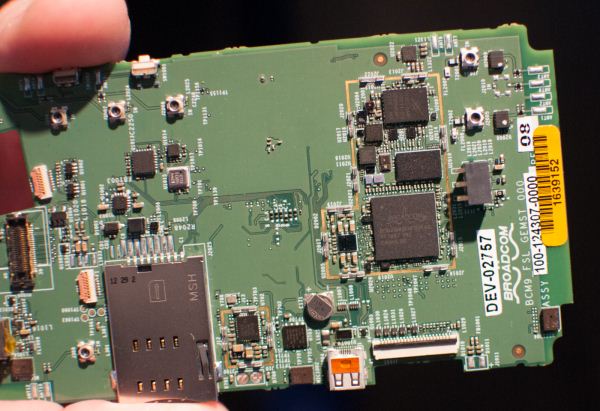




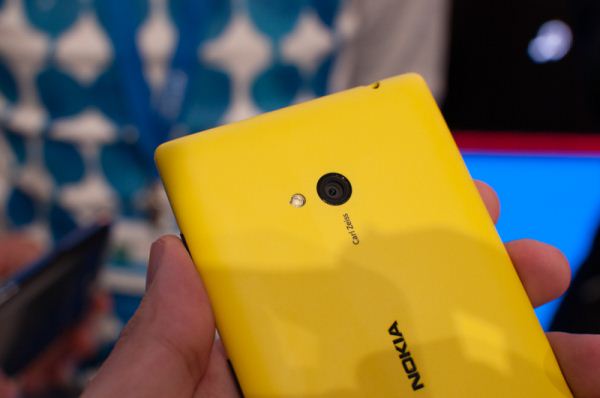
.jpg)
 David Einhorn’s Greenlight Capital has won a court order preventing Apple from holding a proxy vote on a proposal that would stop the company from being allowed to issue preferred stock.
David Einhorn’s Greenlight Capital has won a court order preventing Apple from holding a proxy vote on a proposal that would stop the company from being allowed to issue preferred stock.

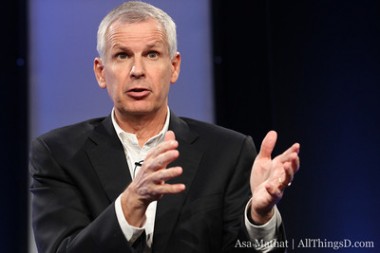







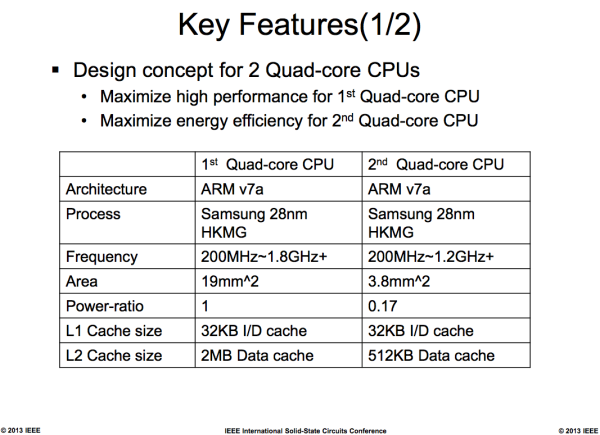
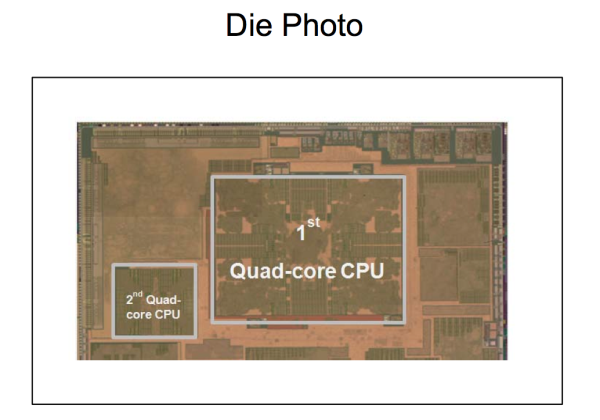
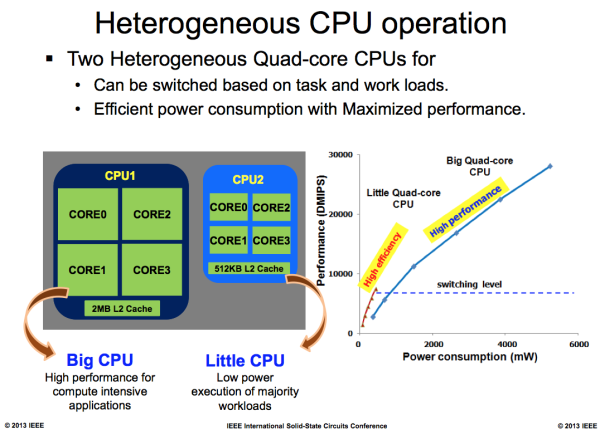
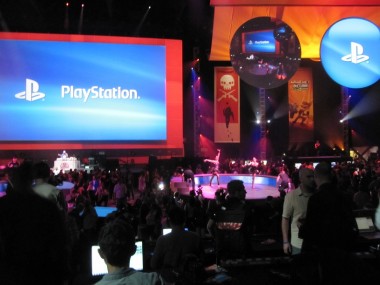
 After years of long, sometimes tense negotiations, federal regulators today approved new rules for devices, known as boosters, that improve cellphone signals.
After years of long, sometimes tense negotiations, federal regulators today approved new rules for devices, known as boosters, that improve cellphone signals.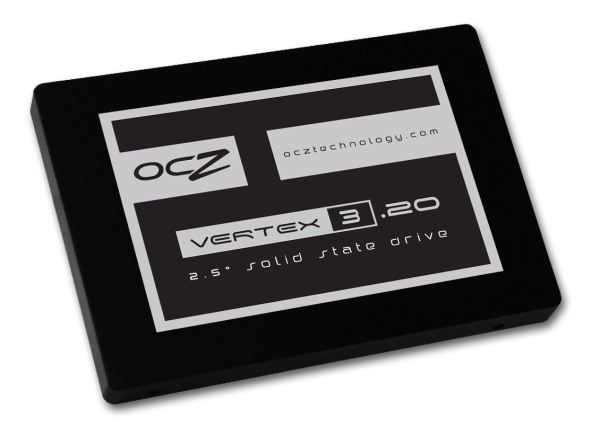


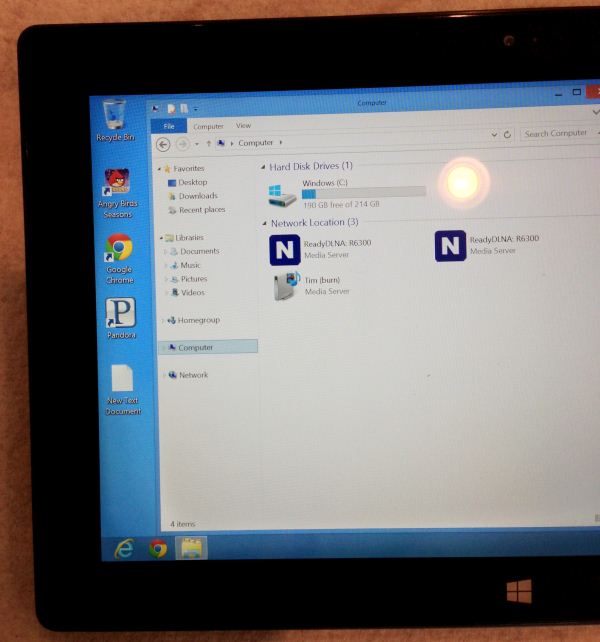
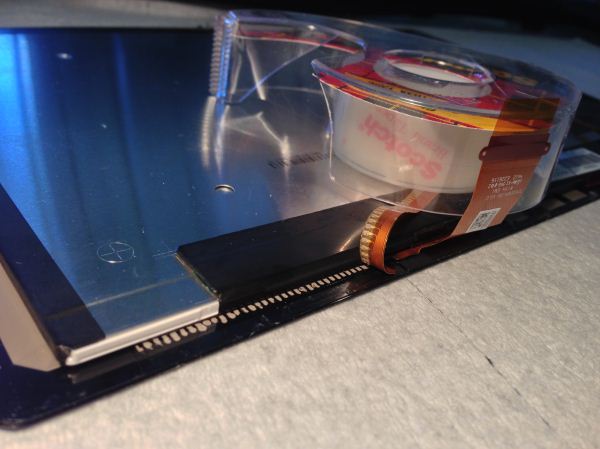

 Electronic Arts’ John Riccitiello is more optimistic about the prospects of the next-generation devices. But then, as one of the industry’s biggest publishers, he has to be. During the company’s last conference call, he said that the December quarter was disappointing, but “that often happens when the consumer carries the expectation of a console transition.â€
Electronic Arts’ John Riccitiello is more optimistic about the prospects of the next-generation devices. But then, as one of the industry’s biggest publishers, he has to be. During the company’s last conference call, he said that the December quarter was disappointing, but “that often happens when the consumer carries the expectation of a console transition.â€ Another development since the last generation of consoles hit store shelves is how much the definition of a gamer has changed. With the massive popularity of Rovio’s Angry Birds and Zynga’s FarmVille, gamers aren’t just “hard-core†players but also housewives and touchscreen-savvy children.
Another development since the last generation of consoles hit store shelves is how much the definition of a gamer has changed. With the massive popularity of Rovio’s Angry Birds and Zynga’s FarmVille, gamers aren’t just “hard-core†players but also housewives and touchscreen-savvy children.
.jpg)